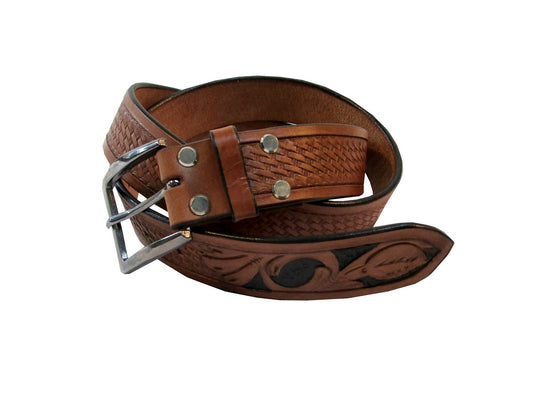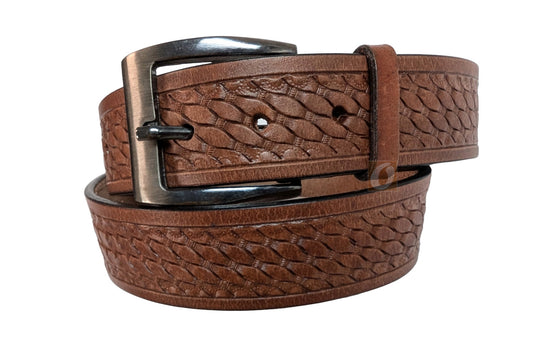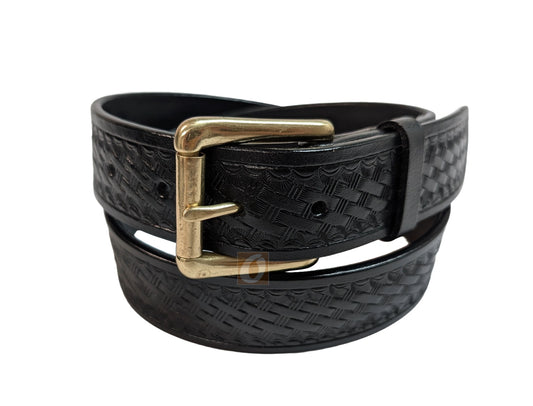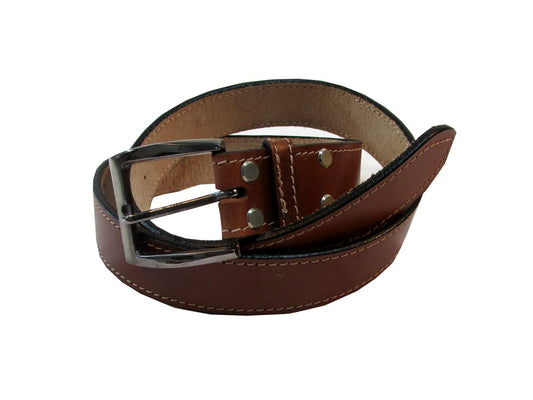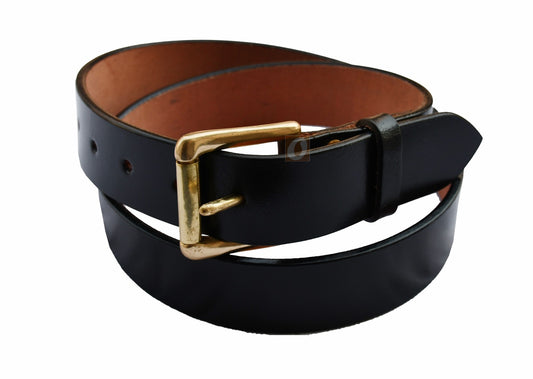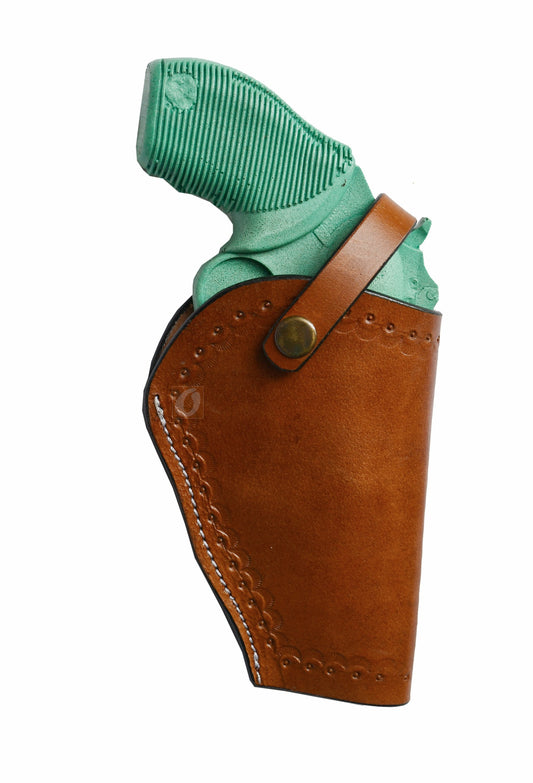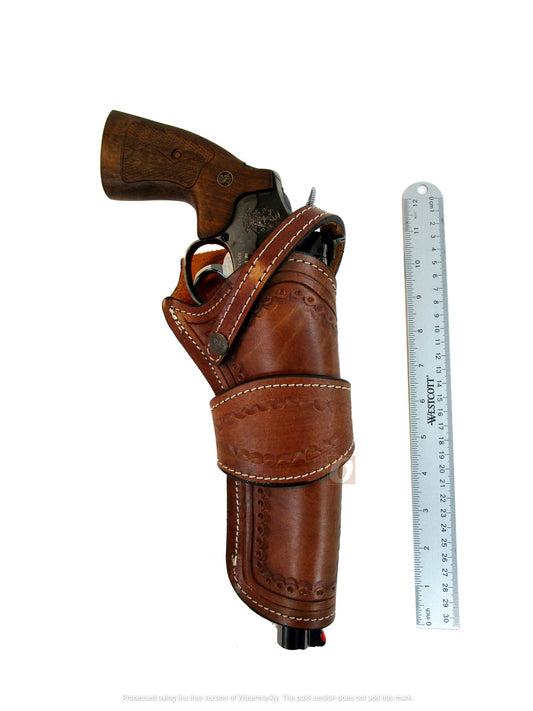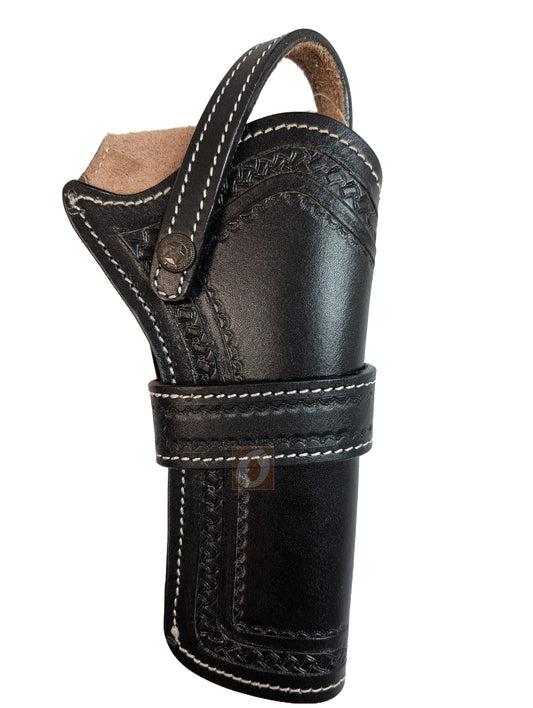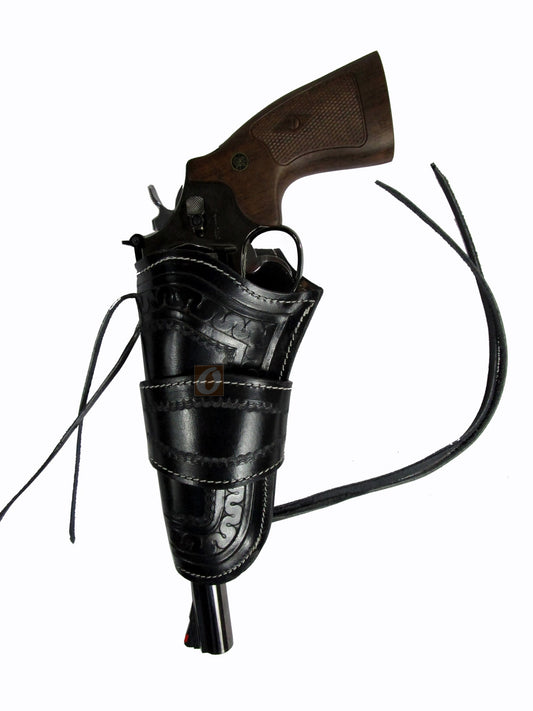Concealed Carry Laws: What You Need to Know
Understanding Concealed Carry Laws Before Choosing Your Holster
Concealed carry laws in the United States are not universal — they change from state to state and sometimes even city to city. Whether you carry daily, travel often, or are preparing to start, knowing the legal basics helps you stay compliant, avoid mistakes, and choose the right holster with confidence.
This guide offers a simple, responsible overview — not legal advice. Always verify details with your local and state authorities.
Key Legal Factors That Affect How You Carry
- Permit Requirements: Some states require training and permits (“shall issue” or “may issue”), while others allow permitless or “constitutional carry.”
- Reciprocity: Your permit may or may not be recognized across state lines — critical for travelers.
- No-Carry Zones: Schools, federal buildings, private businesses, and posted properties may legally restrict carry.
- Method of Carry Rules: Some states allow open carry, others require full concealment — holster style must follow the rule.
How Laws Shape the Holster You Should Choose
1) In Constitutional / Permitless Carry States
No permit may be required — but safety still is. Most carriers in these states choose lightweight, minimal holsters that retain the firearm securely while staying comfortable all day.
2) “Shall Issue” vs. “May Issue” States
In “shall issue” states, carry setup is often based on preference. In stricter “may issue” states, holsters with stronger retention, full concealment, or even specific carry angles might be required to comply.
3) Duty-to-Inform States
If your state requires you to immediately notify law enforcement you're carrying, quick and safe access matters — many carriers prefer holsters with clean draw paths and reliable retention.
4) Carrying in Vehicles
Vehicle carry laws vary widely. Some states allow on-body carry only, others require secure placement in a locked compartment. In these cases, using a holster that mounts or stays secure inside the vehicle is a smart move.
Holster Features Worth Prioritizing Based on Your State
- Retention: Some regions require active retention (e.g., thumb break). Adjustable tension is ideal for fine-tuning safety.
- Material: Hot, humid states benefit from breathable leather or lined interiors. Cold-weather states favor structure and stability.
- Draw Speed + Concealment: If open carry is restricted, an inside-the-waistband (IWB) holster offers fast, discreet access.
- Comfort + Adaptability: Appendix, crossdraw, or shoulder carry may each be more appropriate depending on clothing and law.
Don't Forget the Belt
The belt is what stabilizes the entire carry. A quality leather belt prevents firearm tilt, printing, and unpredictable draw angles — especially important in states where concealment is legally required.
Explore our supportive Leather Belts.
Related Reads
- How to Choose the Right Holster for Your Firearm
- Exploring Holster Types: OWB, IWB, and More
- Leather Holster Care Tips
Find a Holster That Fits Both You — and the Law
We offer holsters built for real-world carriers — whether your priority is secure concealment, cross-state compliance, or comfortable everyday wear.
Start here: Shop Leather Holsters | Glock Holsters | 1911 Holsters | Crossdraw | Suede Holsters
FAQ
Is constitutional carry the same everywhere?
No. Even states with permitless carry have different rules about where, how, and who can legally carry.
Should I change holsters when crossing state lines?
In some cases — yes. Different states may require stricter concealment or retention. Always plan ahead.
Is open carry legal in most states?
Many states allow open carry, but others restrict it completely. Concealed carry with a compliant holster is often the safest choice.
What’s the safest way to carry in a vehicle?
If laws allow, staying holstered on-body is often safest. Some states require locked storage — know your state’s rules before driving armed.


